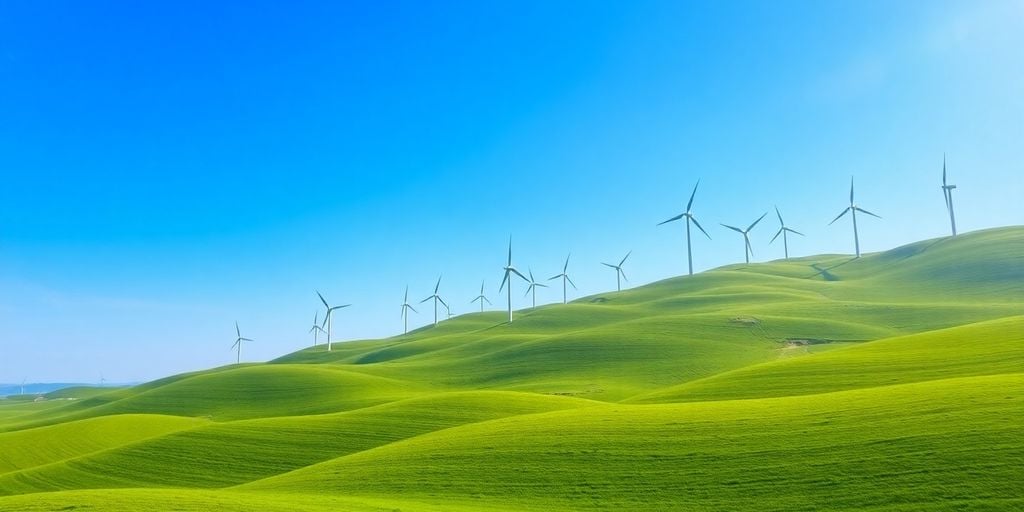The European Bank for Reconstruction and Development (EBRD) is bolstering Montenegro’s green energy ambitions by providing an additional €26 million loan to expand the Gvozd wind farm. This expansion will significantly increase the farm’s capacity, making it the largest in Montenegro upon completion and a key contributor to the nation’s energy transition.
Key Takeaways
- The Gvozd wind farm’s capacity will grow from 55 MW to 75 MW.
- The expanded facility will power over 35,000 households annually and reduce CO2 emissions by approximately 137,000 tonnes per year.
- This project marks a significant step in Montenegro’s decarbonization strategy and alignment with EU climate goals.
Boosting Montenegro’s Renewable Energy Capacity
The additional financing from the EBRD will facilitate the installation of three new wind turbines at the Gvozd site. Once operational, the expanded 75 MW capacity will make it Montenegro’s largest wind farm, generating an estimated 186 GWh of clean electricity each year. This substantial increase in renewable energy generation is crucial for reducing the country’s reliance on fossil fuels and cutting carbon emissions.
A Milestone Project for EPCG
Developed by Montenegro’s national electricity utility, Elektroprivreda Crne Gore (EPCG), the Gvozd wind farm is a landmark project for the company, representing its first major new-generation asset in over four decades. The EBRD’s continued support, including this extension financing during construction, highlights the bank’s commitment to impactful green infrastructure and its flexible approach to supporting vital energy projects. The original €82 million loan for the project was signed in 2023.
Strategic Alignment and Future Outlook
Montenegro’s Minister of Energy and Mining, Admir Šahmanović, has emphasized the country’s commitment to a green energy future, supported by new legislation that aligns the energy sector with EU standards. This includes reforms that introduce a clear, competitive auction scheme for renewable energy production. The strong investor interest in wind and solar projects, with requests totaling around 5.5 GW, signals confidence in Montenegro’s reformed regulatory framework. The first large private wind and solar plants are expected to be operational by 2026, with significant capacities anticipated by 2030. The EBRD’s investment in Gvozd is a testament to this forward-looking strategy, aiming to enhance energy security and foster sustainable development in Montenegro.
Sources
- EBRD backs expansion of Montenegro wind farm with additional €26 million loan, EBRD.
- EBRD bankrolls expansion of 55-MW wind project in Montenegro | Onshore Wind News, Renewables Now.
- Šahmanović: Montenegro expects first large private wind and solar plants to be online in 2026, Balkan Green Energy News.






